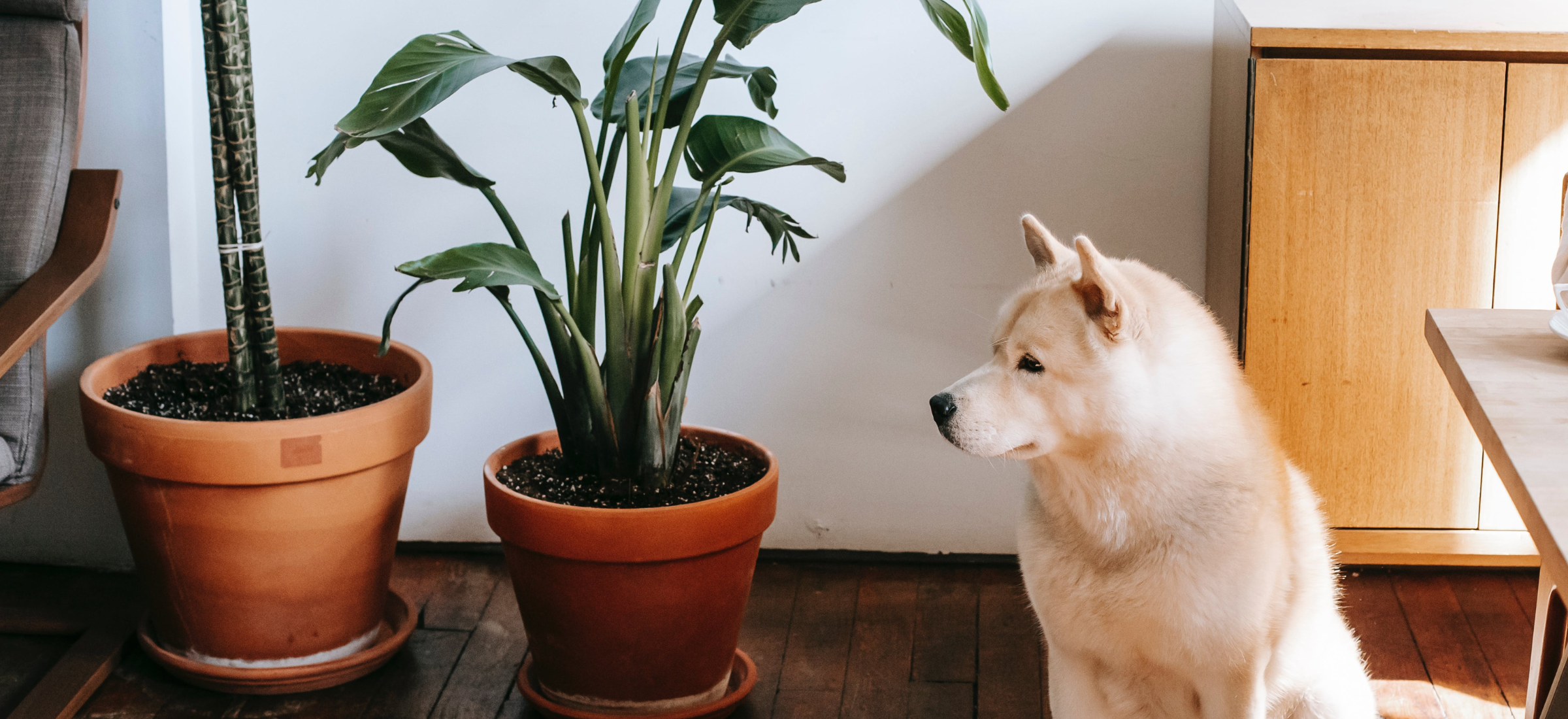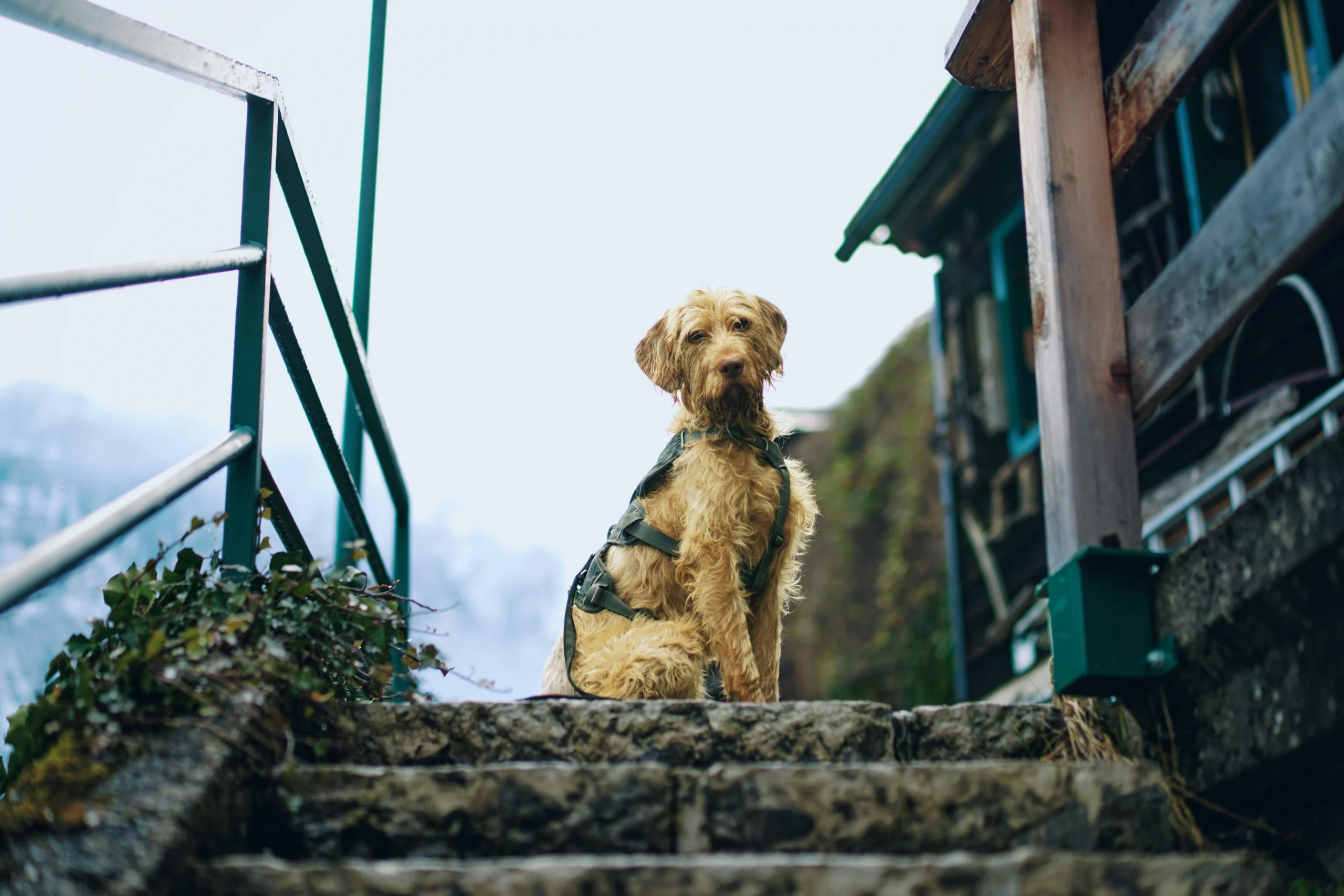Table of Contents
ToggleMany dog owners face the challenge of socializing shy dogs, but fear not; plenty of tips and tricks help your introverted puppy come out of its shell. In this article, I will explore the world of shy dog socialization and provide valuable insights and practical advice on how to help your bashful buddy build confidence and make new furry friends.
If you’re at a bustling outdoor event with your beloved canine companion, only to find them cowering in the corner while their more outgoing counterparts frolic and play without a care in the world. It can be disheartening to witness your reserved pup struggle in social situations, but rest assured that there are effective strategies for helping them overcome their shyness.
Understanding Shyness in Dogs
Understanding and addressing shyness in dogs is crucial for their well-being. Shyness can be deeply rooted in past traumas, limited exposure during critical developmental stages, or genetic predispositions. To help a shy dog overcome their shyness, it’s important to provide them with gradual and positive socialization experiences.
This can include exposing them to new environments, people, and other animals in a controlled and reassuring manner. It’s essential to understand that every dog is unique, and what works for one may not work for another. Observing your shy dog’s body language and behavior will provide valuable insights into their comfort levels.
Effective tips for shy dog socialization
A calm and progressive approach is essential when socializing a shy dog. Rushing or forcing interactions can exacerbate their nervousness. Instead, use a gradual approach to introduce new experiences while allowing your dog to set the pace. Here are some helpful ideas to get you started:
Establish a Sanctuary
Creating a sanctuary for your shy dog socialization is crucial for their emotional well-being. This dedicated space should be peaceful, cozy, and free from distractions. Consider using a comfortable bed or blanket and include some of their favorite toys or treats to make it feel like a haven.
Ensuring the area is secure and inaccessible to other pets or people will help your shy dog feel more at ease when seeking refuge. It’s important to remember that forcing socialization on a shy dog can do more harm than good.
By providing them with a sanctuary within your home, you are giving them control over their environment and allowing them to build confidence at their own pace gradually. This approach can lead to long-term positive results in helping your shy dog become more comfortable in social situations.
Positive Reinforcement
Positive reinforcement is a powerful tool for reshaping the behavior of shy dogs socialization. Treats, toys, or verbal encouragement can help build confidence and comfort in new environments. By rewarding moments of bravery or calmness, owners can encourage their shy dogs to step out of their comfort zones and interact with people and other animals.
When utilizing positive reinforcement, it’s essential to be patient and consistent. Shy dogs may take longer to respond to training than more outgoing counterparts, so taking your time with the process is important.
Additionally, understanding what motivates your dog is crucial; some may respond better to treats, while others may prefer verbal praise or playtime with toys. Tailoring the rewards to suit your dog’s preferences can make the positive reinforcement process more effective.
Gradual Exposure
One key approach to socializing a shy dog is gradual exposure. This method involves introducing your dog to new environments, individuals, or animals in a controlled and incremental manner. By starting with brief and low-stress exposures, you can help your dog acclimate at their own pace without overwhelming them.
For example, if your dog is fearful of other dogs, you could begin by allowing them to observe calm and friendly dogs from a distance before gradually decreasing the distance over time.
It’s important to recognize that each dog has unique comfort and tolerance for new experiences. Some may need extra patience and care when being exposed to novel stimuli.
You can build trust and confidence in your shy dog by respecting their boundaries and progress. Remember that the goal is not to force interactions but to create positive associations with new experiences through gentle and gradual exposure.
Familiarity Breeds Comfort
Introducing new experiences in the company of familiar elements can ease the discomfort and uncertainty often associated with stepping out of our comfort zone.
Just as beginning social interactions with a close friend can provide a sense of security and ease, introducing unfamiliar activities or environments within the context of familiarity can evolve into exciting opportunities for growth. Like coaxing a shy dog to interact with other dogs in a safe and comforting environment, humans also benefit from gradually acclimating to new experiences while surrounded by familiar support systems.
By leveraging the safety net of familiarity, individuals can find the confidence to explore uncharted territories and expand their horizons without feeling overwhelmed or intimidated.
This approach doesn’t diminish the novelty or excitement of new experiences; rather, it helps individuals navigate uncharted waters with a greater sense of assurance and resilience.
Consult a Professional
When helping your shy dog overcome its struggles with socialization, seeking guidance from a certified dog trainer or behaviorist can make a difference. These professionals have the expertise and experience to work specifically with shy dogs, allowing them to provide tailored guidance and support.
By consulting with a professional, you can gain valuable insights into your dog’s behavior and receive personalized tips and techniques for helping your furry friend gain confidence and socialize effectively.
A certified dog trainer or behaviorist can help you understand the underlying causes of your shy dog’s behavior and offer practical strategies for helping them overcome their fears.
Their specialized knowledge allows them to create custom training plans that address your dog’s unique needs, setting them up for success in their socialization journey.
Patience and Persistence
When it comes to shy dog socialization, patience and persistence are key. It’s essential to understand that every dog has their timeline for progress, and pushing them too hard can do more harm than good. Instead, focus on remaining consistent in your approach, offering gentle encouragement, and avoiding overwhelming situations.
One fresh insight is to consider the power of positive reinforcement when working with a shy dog. Instead of pushing them into uncomfortable situations, reward small steps of progress with praise and treats. This approach can help build their confidence and create a positive association with socialization experiences.
Another perspective is the importance of creating a safe environment for your shy dog to explore independently. This may involve setting up controlled interactions with other dogs or people, providing plenty of hiding spots or quiet areas, and being attentive to your dog’s body language to gauge their comfort level.
Respect Boundaries
Understanding and respecting your dog’s boundaries is essential for building a healthy and trusting relationship. When it comes to shy dog socialization, it’s important to be mindful of their body language and signals. Signs of distress can include cowering, licking their lips excessively, yawning, or trying to hide. If you observe these cues, allow your dog the space to retreat and attempt the interaction later.
One fresh perspective is that pushing shy dogs into uncomfortable situations can reinforce their fear instead of helping them overcome it. By allowing them to set the pace and respecting their need for space, you create a safe environment for them to build up confidence gradually.
By learning to interpret your dog’s body language accurately and respecting their signals, you are helping them feel more secure and deepening the bond between you. Building trust with a shy dog takes patience and understanding, but you will create a strong foundation for future socialization success.
Conclusion
In conclusion, helping a shy dog become more socialized requires patience, understanding, and consistency. By gradually exposing them to new experiences and environments in a positive and controlled manner, you can help build their confidence over time.
Developing a routine that includes regular social interactions with other dogs and people can also be beneficial. It’s important to respect your dog’s pace and not rush the process, as each dog has a unique personality and needs. With time and effort, you can help your shy dog become more comfortable in social situations and enjoy a happier, more fulfilling life.
FAQs
1. Q: How can I help my shy dog socialize with other dogs?
A: Start with slow, controlled introductions and positive reinforcement for calm behavior.
2. Q: What are some signs that my dog is feeling anxious in social situations?
A: Lip licking, yawning, or avoiding eye contact are common signs of anxiety in dogs.
3. Q: Should I force my shy dog to interact with other dogs?
A: No, forcing interaction can increase fear and anxiety. Allow your dog to approach at their own pace.
4. Q: Are there specific environments that may help a shy dog feel more comfortable socializing?
A: Quiet, low-stress areas with minimal distractions can be ideal for helping shy dogs build confidence.
5. Q: Can professional training help my shy dog become more confident around other dogs?
A: Working with a professional trainer can provide valuable guidance and support for socialization.
6. Q: How should I handle negative interactions between my shy dog and other dogs?
A: Remove your dog from the situation calmly and avoid scolding or punishing them.
7. Q: Can any activities or games help build a shy dog’s confidence around other dogs?
A: Engaging in structured play dates or gentle group walks can provide positive experiences for your shy dog.
8. Q: Can a shy dog overcome their fear of socializing with other dogs?
A: With patience, consistency, and positive reinforcement, many shy dogs can improve their social skills over time.

Dr. Usman Bajwa, a dedicated veterinarian with a passion for pets, brings years of expertise to the world of pet grooming. Through his blog, he shares valuable insights and practical tips to help pet owners provide the best care for their furry companions. With a focus on promoting the health and happiness of pets, Dr. Usman articles offer easy-to-follow guidance on grooming techniques. When he’s not writing, you can find him at his clinic or enjoying time with his own beloved pets.




